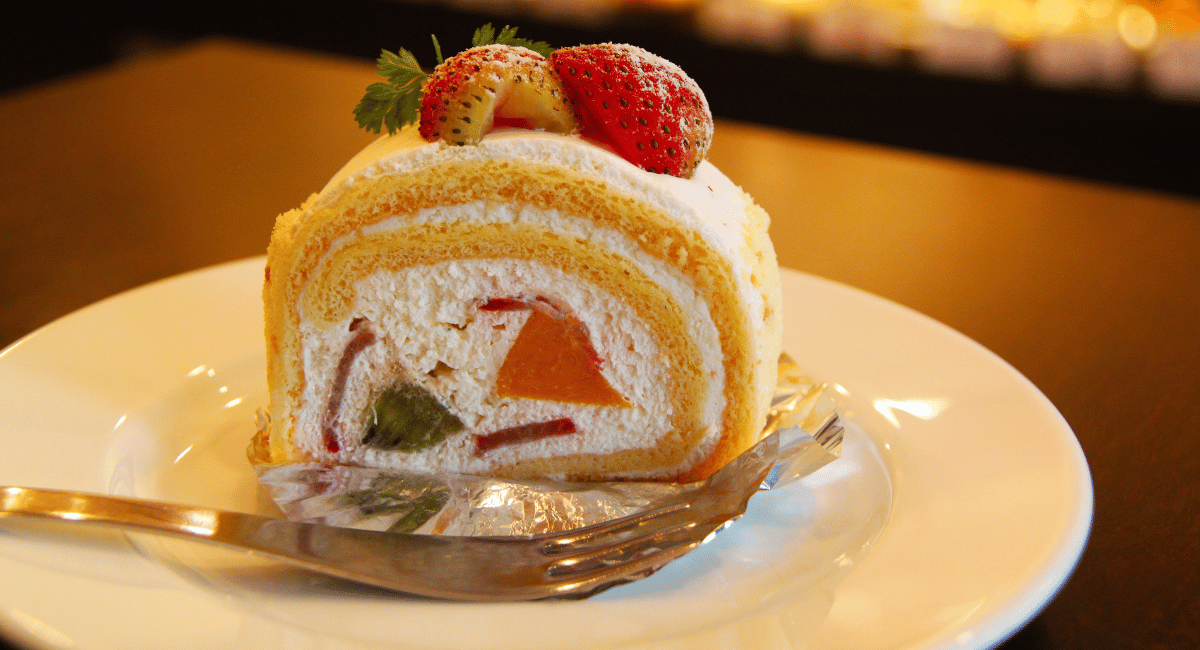Can You Mix Tequila With Cranberry Juice?

There are endless alternatives when it comes to cocktails. Combining tequila and cranberry juice is an intriguing combo. But does ...
Read more
How To Make An Espresso Iced Coffee?

Iced coffee is the perfect drink for warm, sunny days, and when it’s made with espresso, it takes your coffee ...
Read more
What Do You Need To Make Chili Beans?

Chili beans are a well-loved food that can warm your soul with their hearty, savory goodness. Making chili beans is ...
Read more
Easy Oven Baked Mac And Cheese Recipe

A bowl of creamy, delicious macaroni and cheese is certainly comforting. This well-known classic is a favorite of both children ...
Read more
What Should I Eat For Lunch Today At Home?

Lunchtime is frequently a stop in our hectic day, a chance to replenish both our bodies and thoughts. When you’re ...
Read more
Ranked: the world’s most delicious desserts

Let’s delve deeper into each of these beloved desserts, exploring their unique characteristics, origins, and why they’ve captured the hearts ...
Read more
4th Of July Breakfast Ideas To Start Your Independence Day Off Right

Independence Day, also known as the 4th of July, is a time for celebration, and what better way to kick ...
Read more
Can You Make Yogurt With Sour Milk?

Yogurt is a popular dairy product that is noted for its creamy texture and microbial benefits. But what if you ...
Read more
Substitute For Green Pepper In Spaghetti Sauce

Spaghetti sauce is a versatile and popular dish, but what if you or your loved ones dislike green peppers? Nobody ...
Read more









